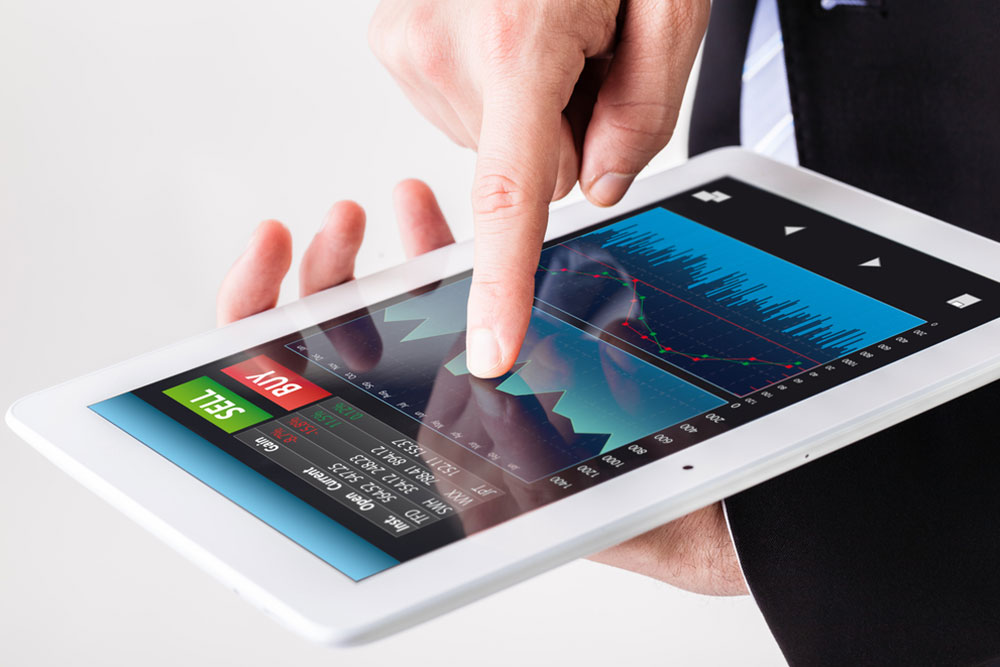Ultimate Guide to Choosing the Right Android Smartphone for 2024
Choosing the right Android smartphone involves assessing multiple factors such as network support, design, camera capabilities, manufacturer reputation, and market timing. This comprehensive guide helps consumers make informed decisions, ensuring long-term satisfaction and excellent performance tailored to their needs. Understanding these key aspects can significantly enhance your mobile experience from browsing to photography, delivering maximum value for your investment.

The Essential Factors to Consider When Selecting an Android Smartphone
In today's fast-paced digital world, Android smartphones have become an integral part of our daily lives, serving as tools for communication, entertainment, productivity, and much more. With countless models and brands available in the market, especially in the vibrant 4G smartphone segment, making an informed decision can be overwhelming. Whether you're upgrading your device or purchasing your first Android phone, understanding the key features and specifications is crucial to ensure you get the best value for your money. This comprehensive guide delves into all the critical aspects you should consider before making your purchase, helping you select a reliable, efficient, and feature-rich Android smartphone tailored to your needs.
The Importance of 4G Connectivity for a Seamless Experience
One of the foundational features to look for in an Android smartphone is robust 4G connectivity. The rapid growth of 4G LTE networks has fundamentally transformed our online experiences, enabling faster browsing, smoother streaming, and quick downloads. When selecting a device, verify that it fully supports 4G networks in your region. Not all entry-level or older models have this compatibility, which can lead to subpar internet performance. Ensuring good 4G support means you can enjoy high-definition videos on platforms like YouTube and Netflix, participate in live video calls without lag, and browse websites swiftly. This feature alone significantly enhances your overall user experience, making your investment more worthwhile and future-proof, as 4G continues to be the dominant network technology in many areas until 5G becomes more widespread.
Design and Display: Aesthetic and Practical Considerations
Design plays a vital role in your overall satisfaction with your smartphone. Modern Android devices boast sleek, ergonomic designs that combine aesthetics with functionality. Opt for a full touchscreen display as it provides a more immersive user experience, whether you're scrolling through social media, gaming, or watching videos. The size of the display significantly impacts usability; larger screens, typically ranging from 6 inches to 6.8 inches, are ideal for media consumption and give a more cinematic experience. However, consider your portability preferences, as larger phones may be bulkier. Additionally, the quality of the display matters—look for high resolution (Full HD or higher), vibrant color reproduction, and good contrast ratios to enjoy visual content in its best form.
Beyond resolution, additional features like AMOLED or OLED technology can provide deeper blacks and more vivid colors, enriching your viewing experience. The build quality and materials also matter; devices with sturdy, premium finishes tend to last longer and provide a more comfortable grip. A well-designed phone not only looks good but also offers durability and ease of handling, making your daily interactions seamless and enjoyable.
Camera Capabilities: Capturing Life's Precious Moments
Photography functionalities are a key consideration for many users. The camera technology integrated into smartphones has advanced significantly, with even mid-range devices now capable of delivering impressive photos and videos. When evaluating cameras, focus on specifications such as megapixel count, aperture size, image stabilization, and additional features like night mode or AI-driven scene optimization. For instance, rear cameras can vary from dual-lens setups with 12MP to higher, offering enhanced zoom and depth effects, while front-facing cameras are essential for high-quality selfies and video calls. If photography is a priority, consider devices with multi-camera systems that include ultra-wide or macro lenses, or those with advanced sensor technology that performs well in low-light conditions. Premium models often offer features like 4K video recording, optical image stabilization, and professional modes that give users more creative control.
For everyday use, a front camera of 8MP or higher is preferable for crisp selfies and smooth video chats. Enthusiasts and professionals should prioritize devices with superior camera specs and image processing capabilities to capture memories in high resolution and vibrant details.
Choosing the Right Manufacturer and User Interface
The Android ecosystem is highly diverse, with various manufacturers customizing their devices' interfaces and features. Major brands like Samsung, Google, OnePlus, Motorola, and Xiaomi often provide unique user experiences through proprietary skins and enhancements. For example, Samsung’s One UI offers extensive customization options and integrated features, while Google's Pixel phones provide a clean, stock Android experience optimized for speed and simplicity. When selecting a device, consider the user interface—look for one that is intuitive, resource-efficient, and provides helpful tools like easy gesture navigation, theme customization, and quick access menus.
Additionally, brand reputation for customer service, software updates, and longevity can influence your satisfaction. Brands with a track record of timely updates and security patches ensure your device remains secure and functional over the years. Therefore, choosing a reputable manufacturer that aligns with your usability preferences can significantly enhance your smartphone experience.
Timing and Market Trends: Making an Informed Purchase
Timing plays a crucial role in smartphone purchasing decisions. Manufacturers regularly launch new models, often with technological upgrades and innovative features. Planning your purchase around these release cycles can help you access the latest advancements or benefit from significant discounts on older models. For instance, many brands announce new flagship devices annually, and buying just after a launch can mean paying a premium for cutting-edge features. Conversely, purchasing during sales events or when new models are announced can provide cost savings.
Consider your long-term needs—if your current device is still performing adequately, waiting for the next update cycle might be wise. On the other hand, if you require a device immediately, opting for a well-reviewed mid-range model that offers a balance of features and affordability is advisable. Evaluating your usage patterns and future requirements ensures you select a device that remains relevant and efficient for years to come.
In essence, a thoughtful approach rooted in understanding market trends, device features, and your personal needs will help you avoid impulsive purchases and maximize your investment's lifespan and usability.
By carefully assessing these essential factors—network compatibility, design, camera features, manufacturer reputation, and timing—you will be well-equipped to select an Android smartphone that not only meets your immediate needs but continues to serve you efficiently in the years ahead. Whether you're a casual user, a photography enthusiast, or a professional relying on your device daily, this guide ensures you make a well-informed choice that guarantees satisfaction and value for your investment.





